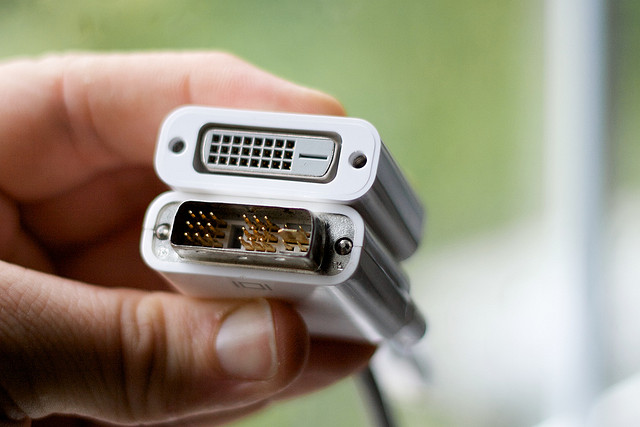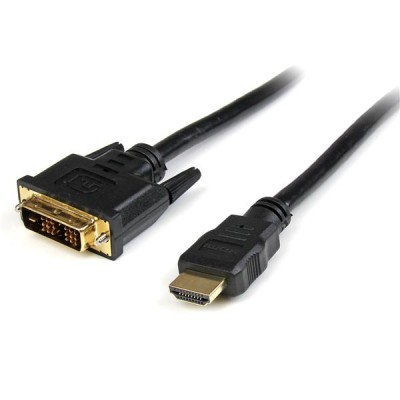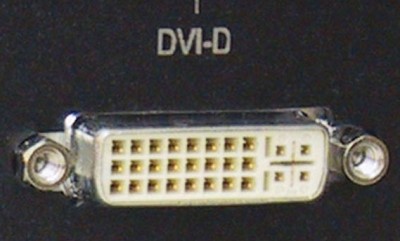Difference Between DVI and DVI-D

Video transmission has become relatively easier these days and you merely need to connect a cable to perform the task. Whether you have to give a video demonstration or you are to view a video on a large display screen via multimedia, you will need a connection cable to transmit the video to a display device. DVI stands for Digital Video Interface and it is the most commonly used type of connector on a video cable. However, with the advancement of technology, DVI-D cable was also introduced which serves the same purpose but also provides some new features that were lacked by the conventional DVI cable.
DVI was first developed by Digital Display Working Group (DDWG) with the primary intent to connect the digital interface to a video source, like computer monitors. It uses uncompressed digital video and can also support analog connections as well. Although it was designed for computers at first, DVI is also used in some consumer electronics such as television sets.
DVI-D is the advanced form of video transferring interface and is used for the same purpose as DVI. However, this type of interface only transmits digital signals and no analog video. DVI-D provides further features which are not present in conventional DVI cable.
Instructions
-
1
DVI
DVI is pretty versatile connector, as is can host both digital and analog video signals. Remember that DVI is not a signal converter and cannot be used to convert digital signals into analog ones and vice versa. However, DVI cannot transmit higher-quality digital video (such as HD video content). This connector contains four pins located above and below the flat horizontal pin in the centre of the connecter. Two pins are present at the top and the other two at the bottom. These pins are merely used to transfer analog video signals.
Image Courtesy: memlane.com
-
2
DVI-D
On the other hand, DVI-D connector is purely designed to transmit digital video signals to display devices and it is not able to transfer analog signals. Unlike DVI connectors, DVI-D cables do not have pins, since they are used for analog transmission. DVI-D is can transmit high-definition (HD) content protection or HDCP of digital videos. It further protects the authorisation of protected content and it is used for high quality digital video connectivity in consumer electronic components.
Image Courtesy: imageshack.us




